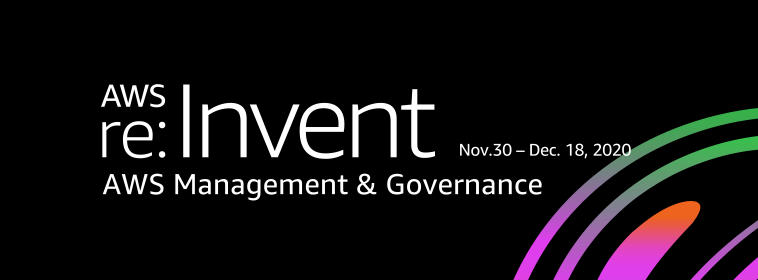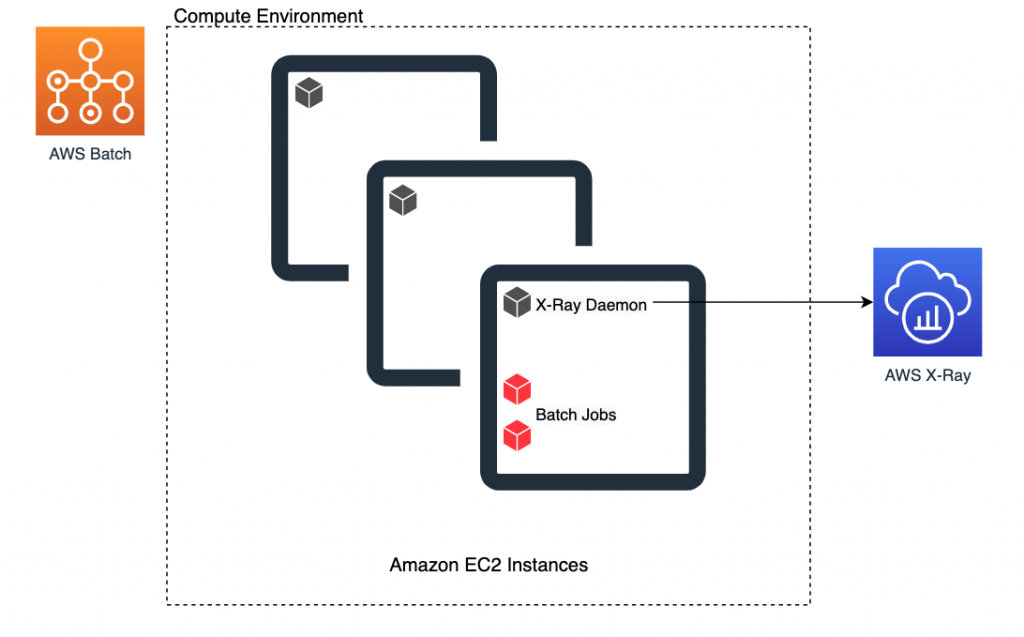AWS Cloud Operations & Migrations Blog
Category: Developer Tools
Using AWS Service Catalog and the AWS Service Management Connector for ServiceNow to deliver infrastructure in AMS-governed environments
AWS Managed Services (AMS) operates AWS on your behalf, providing a secure and compliant , a proven enterprise operating model, ongoing cost optimization, and day-to-day infrastructure management. AMS provides a secure and efficient means to make controlled changes to your infrastructure to ensure compliance. Changes are approved and automated through its approval engine. You can […]
Manage Amazon CloudWatch agent deployment at scale using the AWS Cloud Development Kit to optimize AWS usage
In this blog post, we will show you how you can programmatically deploy the Amazon CloudWatch agent using the AWS Cloud Development Kit (AWS CDK) as you create your Amazon Elastic Compute Cloud (Amazon EC2) instances. You can use the command line, AWS Systems Manager, and AWS CloudFormation to install the CloudWatch agent on your EC2 instances. We also recently announced that the […]
Discover application issues and get notifications with AWS X-Ray Insights
Today, AWS X-Ray is pleased to announce the general availability of Insights, a feature that helps you proactively detect performance issues in your applications. AWS X-Ray helps developers and DevOps engineers analyze and debug production environments and distributed applications, such as those built using a microservices architecture. Using anomaly detection, X-Ray Insights determines if the […]
Create immutable servers using EC2 Image Builder and AWS CodePipeline
When you run an application on multiple Amazon Elastic Compute Cloud (Amazon EC2) instances, you want to avoid differences between the instances because they can cause unpredictable behavior and make it hard to troubleshoot and solve issues. The best way to prevent differences is to replace your instances whenever you want to make a change—to […]
DevSecOps for auto healing PCI DSS 3.2.1 violations in AWS using custom AWS Config conformance packs, AWS Systems Manager and AWS CodePipeline
If you migrate your workloads to the cloud to modernize your applications or secure infrastructure and operations, you’ll find these migrations are increasingly performed with a DevOps methodology that incorporates continuous development, integration, and testing. It is always a best practice to incorporate security as code in your DevOps workflows to uncover security issues when […]
AWS Management and Governance at Re:Invent 2020
AWS re:Invent is always an exciting time of the year to engage with our customers to learn, and share information about our services and features. Due to the current pandemic, re:Invent is pivoting to a free and virtual format presented across 3 weeks from November 30 to December 18 this year. Yes, you read that […]
How to configure AWS X-Ray tracing for your AWS Batch jobs
Many customers implement business processes as batch workloads. End-to-end visibility into those workloads can help you identify bottlenecks in the batch jobs. In this blog post, I will show how to configure AWS X-Ray for your AWS Batch workloads in an automated way and present a sample application to visualize the collected X-Ray traces. AWS Batch is a […]
Cloud Native Application Monitoring for AWS
This blog post will show you how DXC used AWS management tools and services to create a custom cloud native application monitoring framework. DXC made this advanced monitoring offering available to their customers, which resulted in improved customer satisfaction. The business driver DXC has a robust set of tools and capabilities to solve customers’ application […]
Four ways to retrieve any AWS service property using AWS CloudFormation (Part 1 of 3)
Many of you have experience using AWS CloudFormation to automate your application deployments. As you probably know, the service supports around 600 types of resources. When you optimize your templates, you might have discovered that each of those resource types encapsulates native AWS SDK API calls to create or update each resource’s state or configuration. You […]
Handling Region parity with infrastructure as code
AWS CloudFormation allows you to create and manage resources with templates. AWS provides a number of Regions where its services and features are available. Although it can be beneficial to deploy the same AWS CloudFormation template in multiple Regions, customers who operate in multiple Regions face challenges due to parity differences among services and their […]









